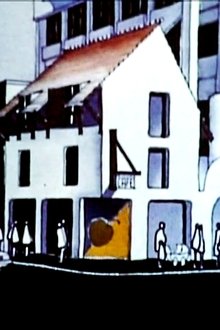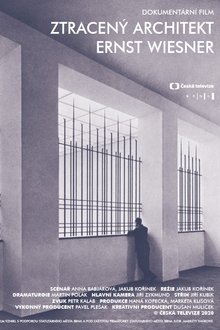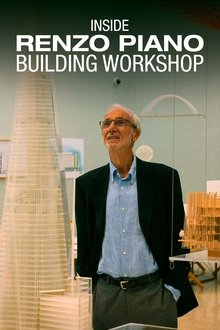Diller Scofidio + Renfro: Reimagining Lincoln Center and the High Line (2013)
Diller Scofidio + Renfro has long been at the forefront of design with provocative exhibitions that blurred the boundaries between art and architecture. This film captures their extraordinary evolution and unique process in reimagining the public identities of Lincoln Center and the once derelict High Line railroad tracks.
Related Movies
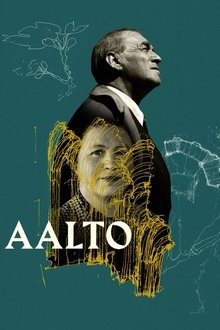
Aalto (2020)
Aalto is one of the greatest names in modern architecture and design, Aino and Alvar Aalto gave their signature to iconic Scandic design. The first cinematic portrait of their life love story is an enchanting journey of their creations and influence around the world.
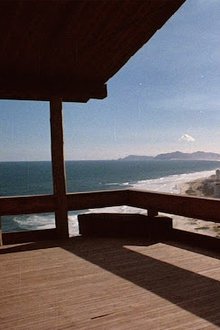
Arquitetura de Morar (1975)
An enchanted journey through three extraordinary houses built by Master José Zanine on the seaside hillside of Joatinga, in Rio de Janeiro, surrounded by a stunning musical score, specially created for the film by maestro Antonio Carlos Jobim.
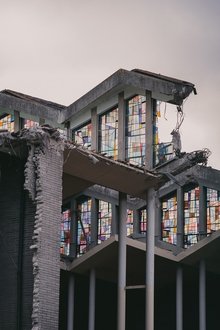
Making Dust (2023)
Making Dust is an essay film, a portrait of the demolition of Ireland's second largest Catholic Church, the Church of the Annunciation in Finglas West, Dublin. Understanding this moment as a 'rupture', the film maps an essay by architectural historian Ellen Rowley on to documentation of the building's dismantling. Featuring oral interviews recorded at the site of the demolition and in a nearby hairdressers, the film invites viewers to pause and reflect on this ending alongside the community of the building. The film is informed by Ultimology, and invites its audience to think about the life cycles of buildings and materials, how we mourn, what is sacred, how we gather, what we value and issues of sustainability in architecture.
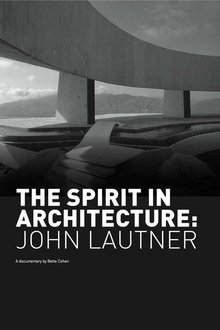
The Spirit in Architecture: John Lautner (1990)
The Spirit in Architecture examines the work of John Lautner, one of the most visionary and profound architects, who began his career in Los Angeles in the 1930's. This illuminating journey into Lautner's world features never before seen footage from his apprenticeship with Frank Lloyd Wright at Taliesin; extensive documentation of his extraordinary buildings; and interviews with historians, critics, collaborators, clients, and Lautner himself, which put his achievements in perspective. his building's use in feature films and his Googie's coffee shop design demonstrate his contribution to popular culture.
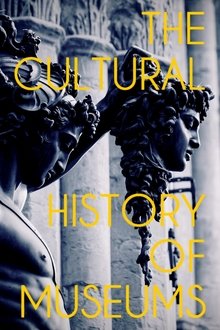
The Cultural History of Museums (2022)
From the cabinets of curiosities created in Italy during the 16th century to the prestigious cultural institutions of today, a history of museums that analyzes the social and political changes that have taken place over the centuries.

Chairs for Lovers (1973)
Architect Stanley King involves the local Vancouver community in urban design.
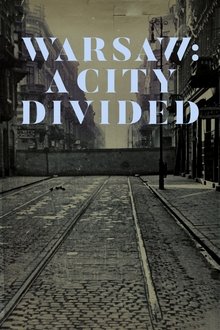
Warsaw: A City Divided (2019)
The history of the Warsaw Ghetto (1940-43) as seen from both sides of the wall, its legacy and its memory: new light on a tragic era of division, destruction and mass murder thanks to the testimony of survivors and the discovery of a ten-minute film shot by Polish amateur filmmaker Alfons Ziółkowski in 1941.
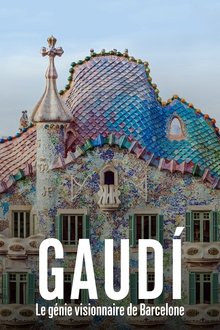
Gaudí, le génie visionnaire de Barcelone (2022)
In Barcelona, the Casa Batlló alone sums up the genius of Antoni Gaudí. During the exhibition devoted to it by the Musée d'Orsay, we take a guided tour of this eccentric, colorful residence, completed in 1906.

Under Tomorrow's Sky (2021)
Winy Maas, co-founder of MVRDV architects, always has 100 projects going at once. Documentary filmmaker Jan Louter followed him for two years to make "Under Tomorrow's Sky", a candid and open-hearted look at the highs and lows of the architecture profession.
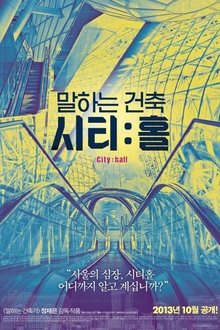
Talking Architecture, City: Hall (2013)
A documentary film about Seoul City Hall Construction. The construction project has a hard going in every way. A city plan, excessive administrative notions, a design and all got mingled up. Can the project sail, yes?
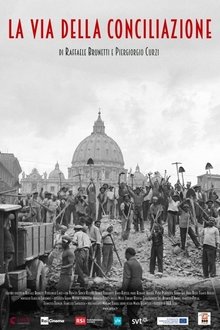
La via della Conciliazione (2017)
Everyone knows the view of Via della Conciliazione with St. Peter's Basilica framed behind it. The most famous postcard of Rome, the background used by correspondents all over the world. Few know that this street hasn't always been there, and in fact shouldn't have been from the premises.
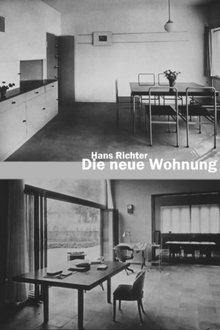
The New Apartment (1930)
A commissioned film for Schweizerischer Werkbund (SWB), Die neue Wohnung was produced for the Basel architectural and interior design exhibition, WOBA, to demonstrate innovative aspects of modern architecture and highlight their differences from the event’s highly conservative approach. Despite its ad campaign roots, Richter's touch is not absent; The surviving version, aimed at a "bourgeois" Swiss public, presents decluttered, functional architecture and decor as superior to the traditional and luxurious "ancient" ways of living.
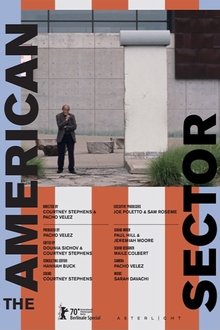
The American Sector (2020)
A documentary about the concrete sections of the Berlin Wall that have been acquired by institutions or individuals since 1989 and are now scattered across the USA. Cherished or abandoned, they have become silent witnesses to recent history.
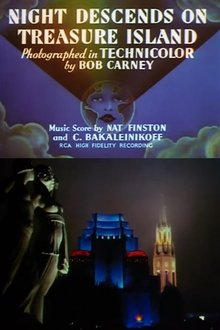
Night Descends on Treasure Island (1940)
A travelogue celebrating the 1939 Golden Gate Exposition and highlighting its exhibition of classical paintings and stunning lighting effects.
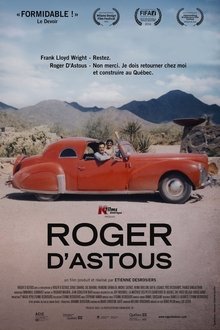
Roger D'Astous (2016)
A documentary about montreal architect Roger D'astous, who battled all his life to create a nordic architecture. Starchitect in the 60s, this Frank L. Wright student then fell from grace before rising again at the dawn of the century.

Charles Rennie Mackintosh: A Modern Man (1996)
Charles Rennie Mackintosh, architect, designer and artist is celebrated around the world as one of the most significant talents to have emerged in the period from the mid 1890s to the late 1920s. He was one of the greatest, most original talents of this time and has been judged a precursor of firstly the modernist style and subsequently of the Art Deco movement. His legacy lives on all around us in his instantly recognisable style. A MODERN MAN takes a critical look at Mackintosh’s life and artistic career and the importance of the friends and patrons who provided him with regular work when it mattered most.
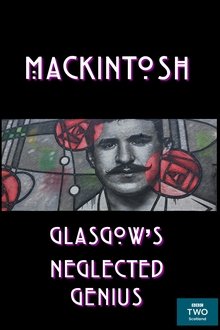
Mackintosh: Glasgow's Neglected Genius (2018)
The film examines Mackintosh's iconic buildings, notably the Glasgow School of Art. Interwoven with his architecture, design and watercolours is the personal story of Mackintosh. Little known at home, his work found favour on the continent. In later years he struggled for work, and came to endure real poverty, but continued to create remarkable pieces of art.
